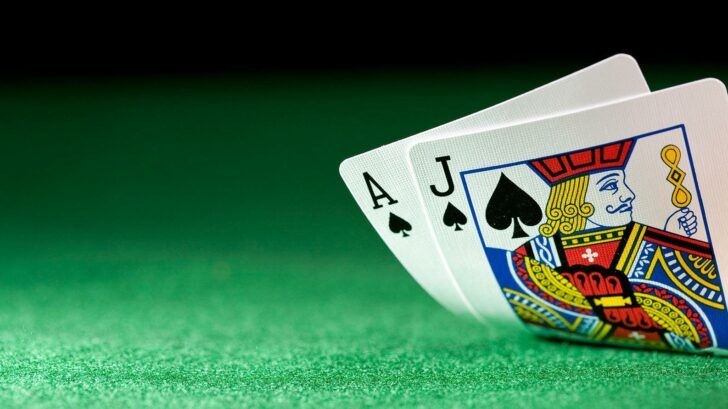The Wearable Computers Of Blackjack Winners

Wearing a computer might be something of a fashion for early adopters and well-heeled hipsters but some of the first were used to win in casinos.
Of all the notable blackjack streak stories, of which there are a great many, perhaps the most successful all revolve around the use of fractional betting strategies or perhaps the slightly more risky ace chasing tactics, but some of the most interesting involve the high grade mathematics of optimization of action to maximize utility.
The application of game theory to blackjack was a logical progression of the information theories that Claude Shannon had proposed whilst working at Bell Telephone Labs back in the 1940s. A fixed system of parameters with imperfect informational based decision making to gain the best result possible over the long run.
One off the wrist
• Wearable computer beats roulette
• Wrist watch to card counting system
• Count on your ring
But whilst winning at blackjack can be achieved by a developed strategy of information simplification (the simple hi-lo card counting systems work on this basis) it was by no means the only casino game to which information and game theory could be applied. But whereas blackjack required some mental arithmetic and a mild use of memory, some games required more computation.
The use of a wearable computer to calculate the odds during a game of chance where variable outcomes are possible, in this case roulette, dates back to 1961 and a trip to Las Vegas by the legendary Edward O Thorp with a machine that was designed with help from Claude Shannon. However wearable computers per se have been around a lot longer.
James Bond’s Ring
However loosely it may seem in definition the first wearable computer dates back to the Qing Dynasty of the 1600s. A ring worn on the finger that comprised the best calculating device of the era, an abacus, might not seem a fair inclusion but at the time this Chinese invention was a very early form of wearable computer despite its obvious limitations.
Likewise the later wrist watches are wearable computers of a sort. Originally something only a lady would wear their practical use only overrode this sexist social attitude once war made timing a matter of life or death. The German Imperial Navy were the first to use them, but even then not with much enthusiasm.
The abacus ring (sometimes also worn on a necklace) or wrist watch might appear to have nothing in common with the smart-watches that are just beginning to become available now, but viewed as a device to perform function beyond the ability of someone without them, they are the early examples of what will almost certainly become a ubiquity in the near future.
Back in the 60s the use of a wrist-watch might have become more common (and the abacus less so) but the idea of a computer, as such, was still one of room sized machines with reels of magnetic tape tended to by teams of serious looking men in thick-framed spectacles and sensible haircuts. The idea anyone could wear one was the stuff of James Bond.
Another Man’s Shoes
Shannon’s digitization of information and its application to the ‘switches’ in an electrical system or circuit is the basis of all computers but back in 1961 it was applied to the design of a single purpose device. This now legendary machine allowed the wearer to successfully predict (within reason) roulette and allowed Thorp to win in a number of casinos – most of whom asked him to leave.
The machine is as kitsch as everything else from the sixties. A computer concealed about the waist, an input device in the shoe and an ear-piece giving out tonal responses for the user to act upon, it all looks very much like a piece of cold war spying equipment. However old hat it might look at the time it turned toe tapping into analysis.
In practical use it was still a two man job with the computer wearer timing the wheel and distracting attention by pretending to write down numbers as part of a roulette casino strategy, and someone else hearing the output and placing the bets. When it worked, it worked well by all accounts, but the nature of sixties technology that often it broke down.
Shannon and Thorp never made a computer for blackjack because Thorp claimed to be able to count so well it wasn’t required, but their roulette computer now resides in a place of honor within the MIT museum in Cambridge Massachusetts. It’s often said that the emotion of risk when gambling means there are never any scientists at the gaming tables, Shannon and Thorp proved that wrong.
Read more about Claude Shannon, blackjack and information theory.




